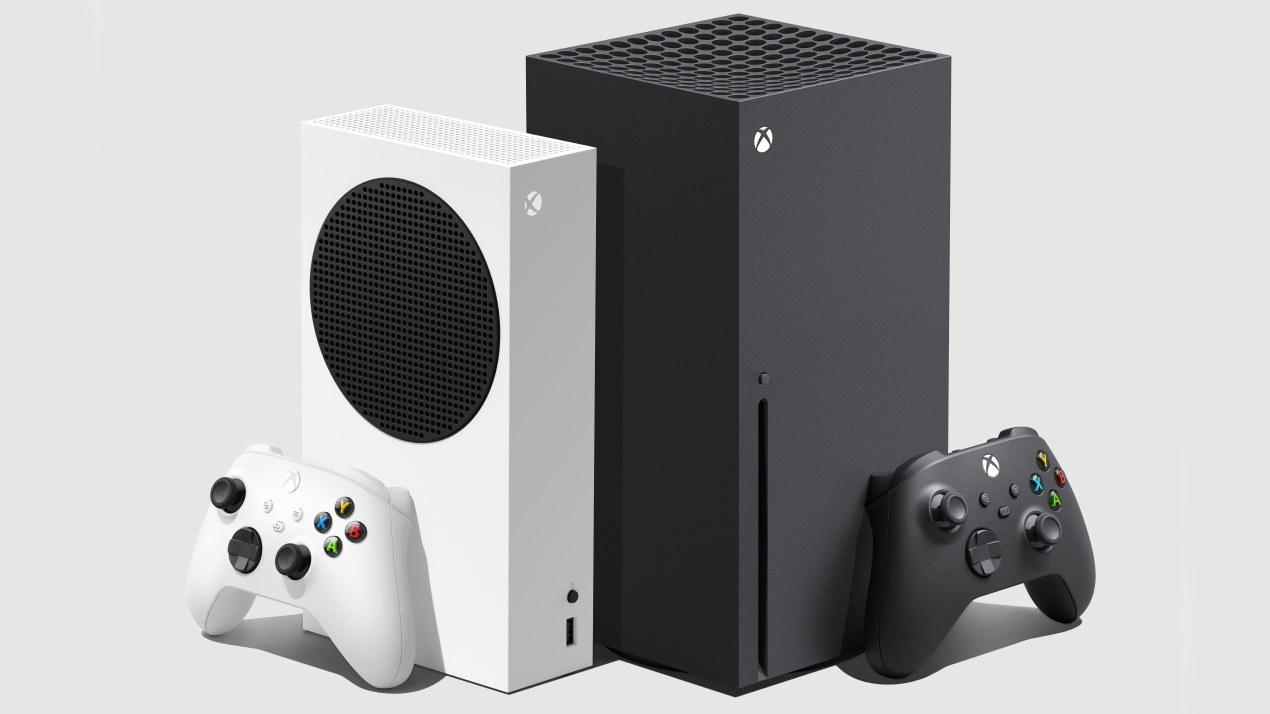
Regardless of how you feel about Microsoft’s recently revealed two-system strategy, the upcoming generation of console gaming is set to be significantly different from the several eras that proceeded it.
If you believe how Microsoft is positioning the less powerful Xbox Series S, this fundamental shift regarding the way consoles typically work will give players more options. If you don’t have a 4K TV and aren’t interested in upgrading, the Series S is the less-powerful, 1080p/1440p next-gen Xbox for you.
On the other hand, if you’re after a top-tier, 4K console gaming experience, the Xbox Series X should be the new Xbox you’re after.
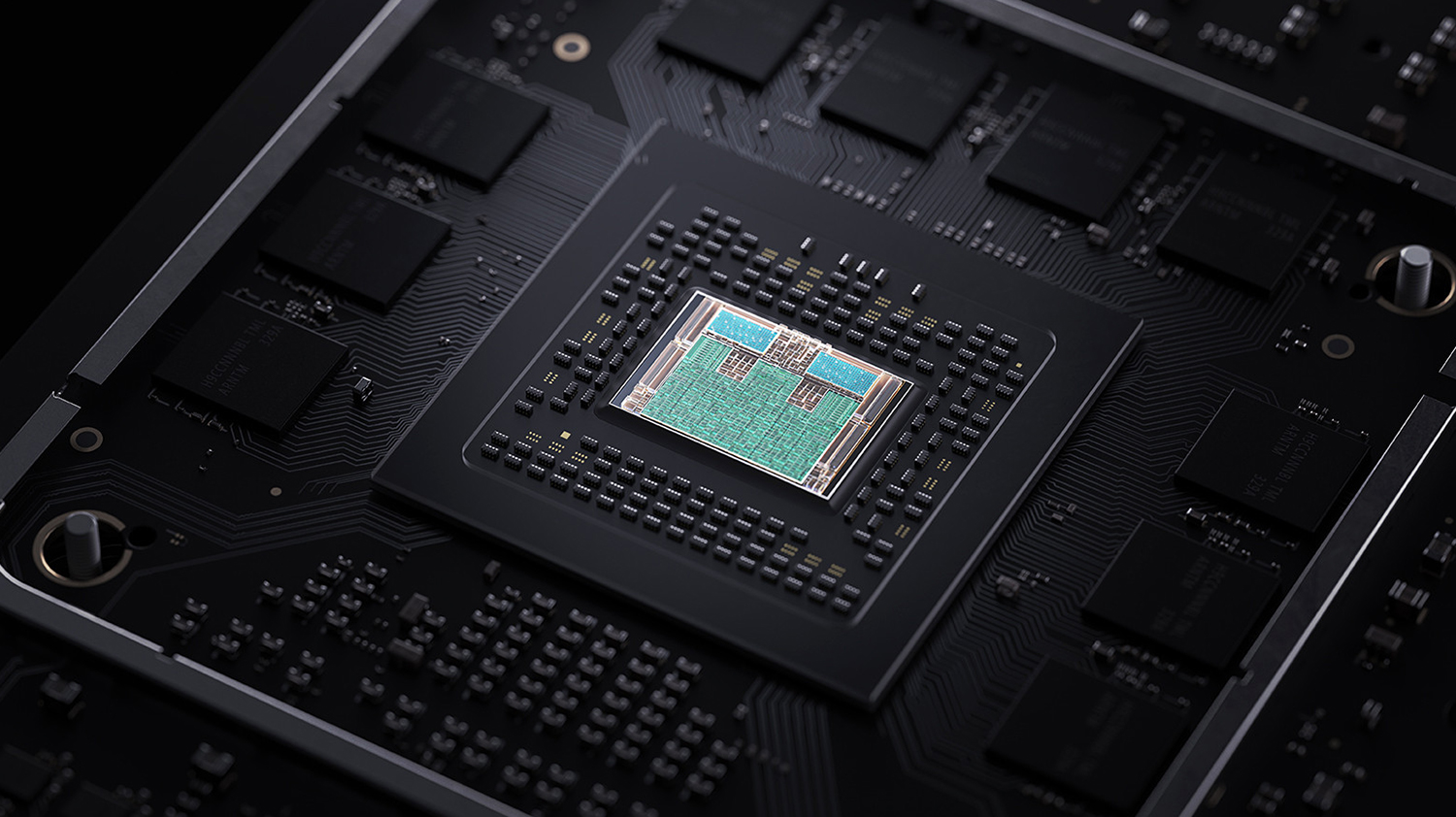
While many are skeptical, according to Microsoft, both the Series S and Series X will feature faster load times, new features like ‘Quick Resume,’ improved visuals and, overall, nearly identical next-gen gaming experiences, with the differentiating factor only being the actual resolution games run at.
In an effort to gain a better understanding of this unique two system strategy, I sat down with Microsoft’s partner director of program management for Xbox, Jason Ronald — affectionately known by some online as ‘Xbox Beard Guy’ — to discuss Microsoft’s two console approach to next-gen gaming.
Question: Given that it was recently revealed that the Xbox Series S and X will support Dolby Vision high-dynamic range not just for video content, but also for gaming, is that a move to future-proof the console in some respects? I haven’t seen any announcements regarding games that specifically support Dolby Vision for the Series S or X.
Jason Ronald: I think part of it might be future-proofing, but it’s really just a recognition of providing our players with choice. A fair number of our players have TVs that support Dolby Vision, and for those players, we want to make sure that we’re giving them the premium experience, both with media streaming apps, as well as our games.
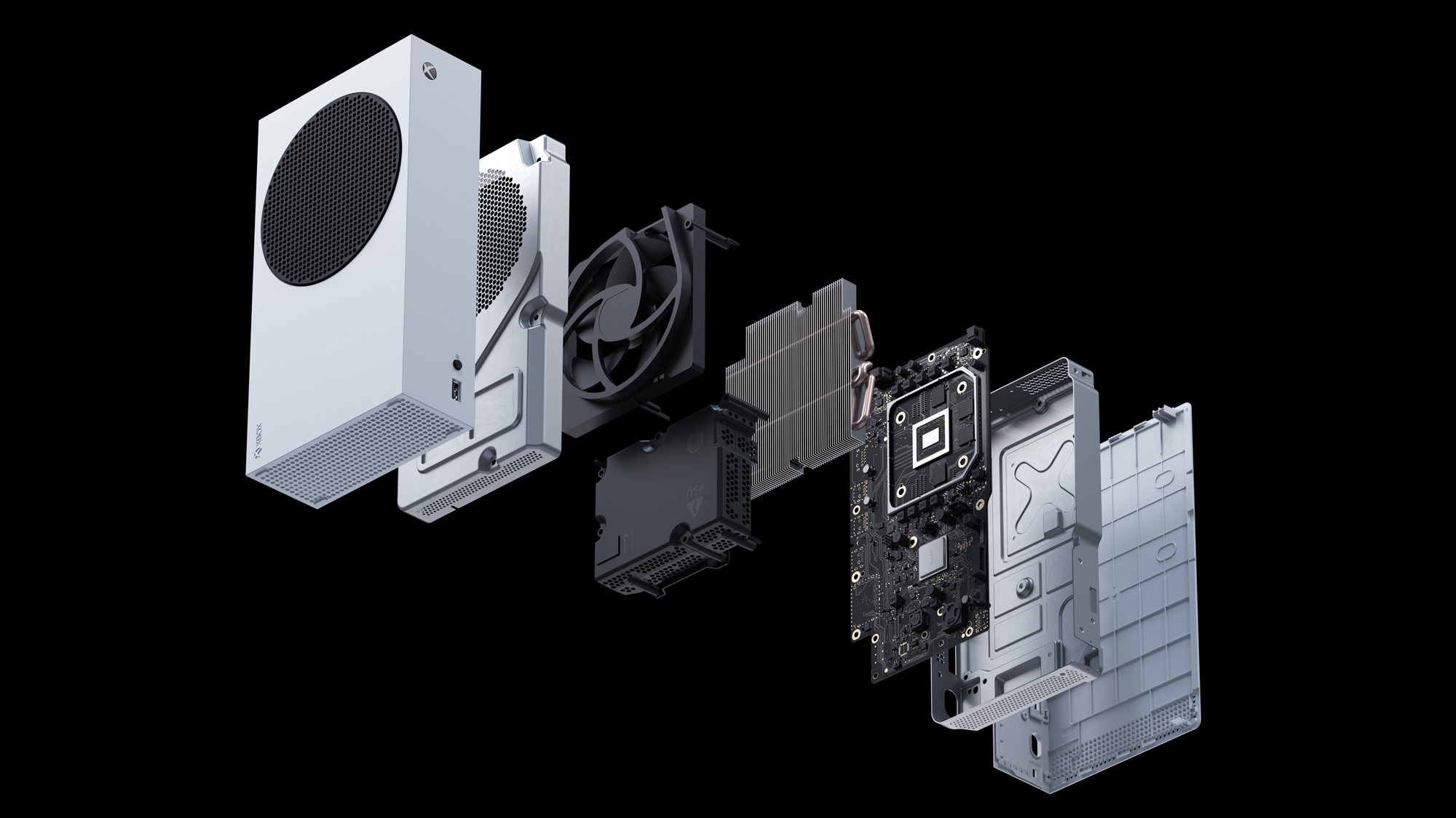
We’ll continue to support HDR10 as well, so it’s really about making sure that we’re taking full advantage of all the latest and greatest technology and providing the best experience for players regardless of what device they choose to play on.
Q: Is there any concern that someone who isn’t that well-versed in gaming, like a parent, for example, will walk into a store this holiday season and not know what Xbox console to buy? I know the Xbox One S and the Xbox One All-Digital Edition have been discontinued, but some of those consoles will still be on store shelves, resulting in there being several different Xbox consoles to choose from.
Ronald: Not really because, in many ways, we really have named the next-generation “Xbox.” And what we expect for people that maybe aren’t as close to all the details, they’ll go into the store and say, “I’m looking for the new Xbox.”
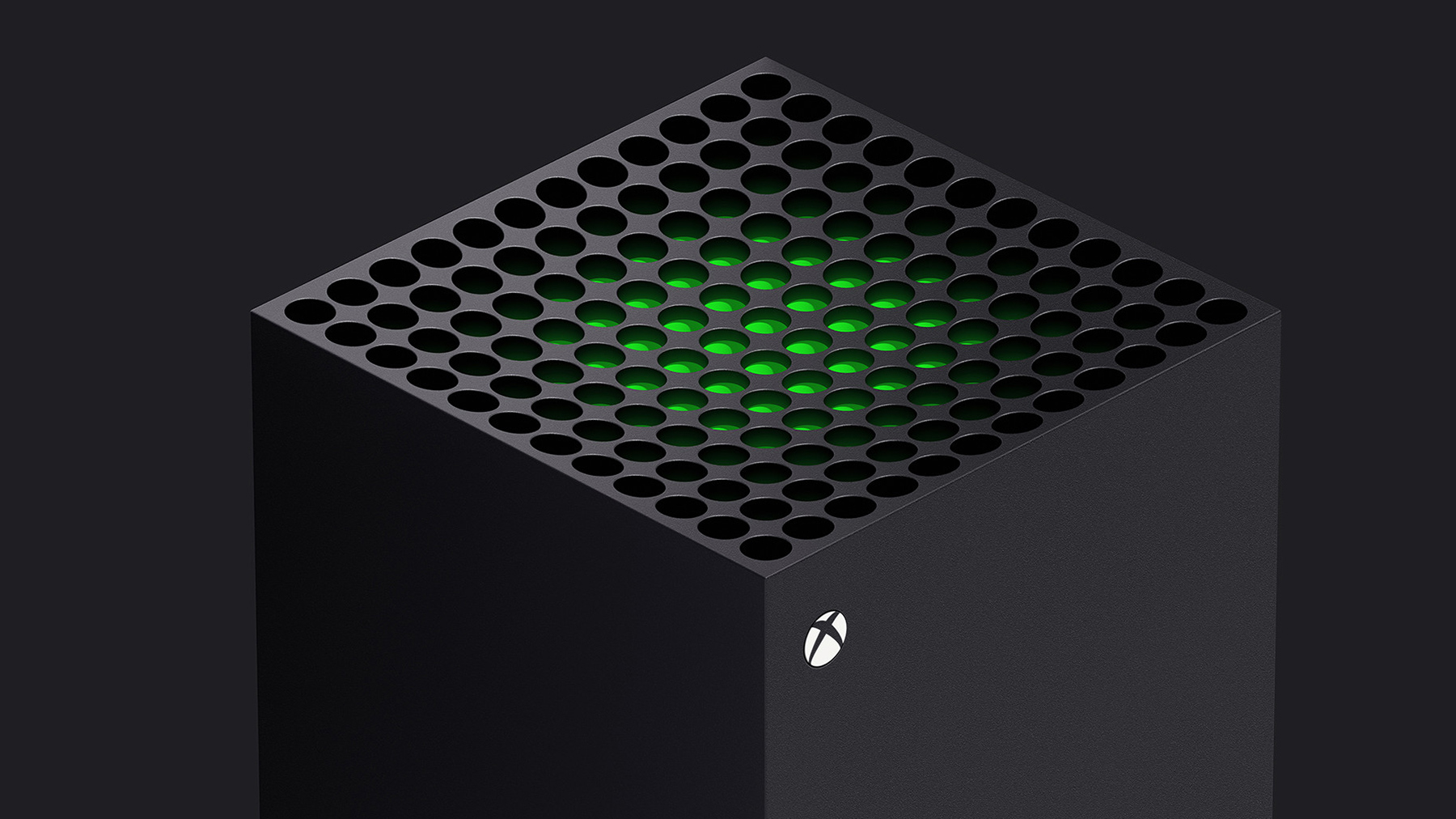
Basically, there’s two options: you can get the premium experience, the highest quality, the most powerful console [Xbox Series X] that costs $499 [USD], but then we also have this additional option where you can get the same great gaming experience for a lower price and just at a lower rendering resolution. So in general, we’re not really concerned about it because the expectation is that people are going to go in and ask for the new Xbox, and then they’ll really have two primary options.
Q: Given that games are being developed across both the Series S and X, how granular are the graphical and performance settings going to be? Will players just download a game or pop in a disc and the max settings will instantly be implemented?
Ronald: So with all console gaming, we want to make it as easy as possible. That’s where we have things like ‘Smart Delivery‘ and being intelligent about what assets we install so that people can just kind of pick up and play and jump into the experience. But with that being said, one thing that you see today in the current generation is that some titles started offering either a performance mode or a visual quality mode.
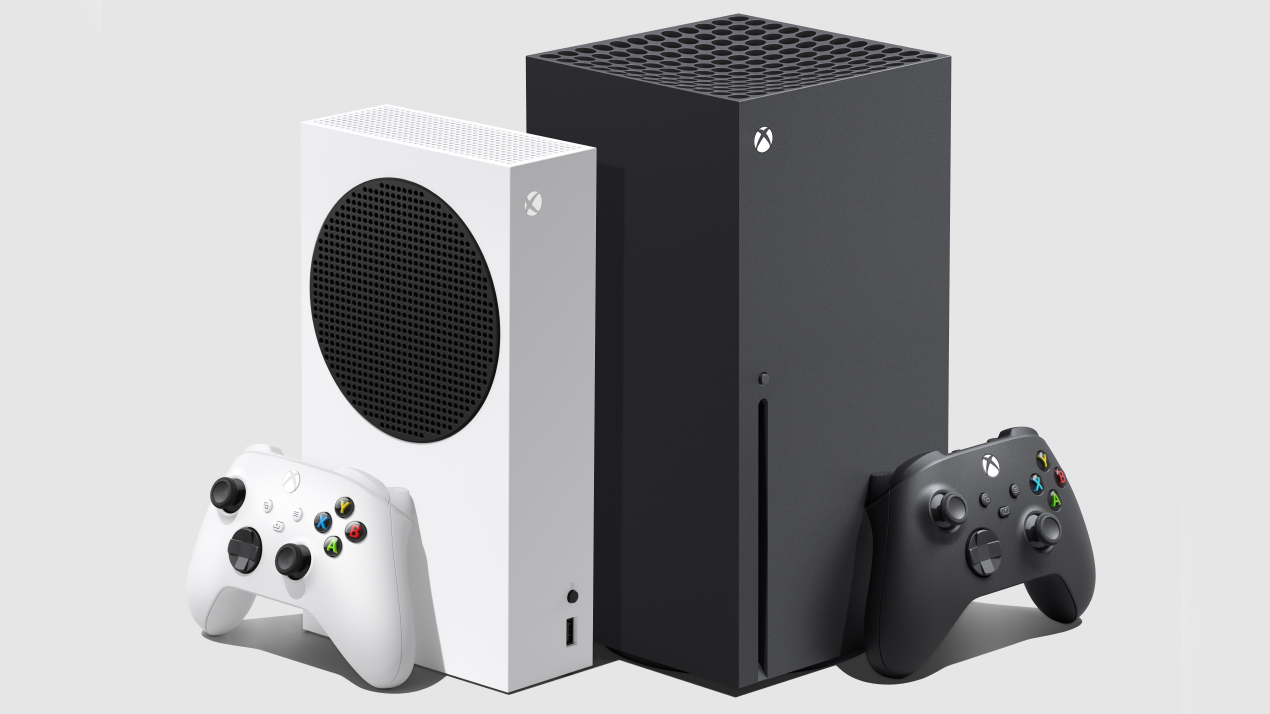
So there’s no hard and fast rules that we provide; we let developers decide what’s in the best interests of their game and their players. But in general, I think you might see some titles do similar performance and the visual quality modes, but I don’t expect you’ll see the level of customization that, for example, you get on PC — or if you do get that, I think it’ll be in a smaller subset of titles. Most console players just want a couple of simple options and just to be able to jump in and play.
Q: I know Microsoft is positioning the Series S as the next-gen console that will run games in 1080p, while the Series X pushes to 4K and that visually, beyond the resolution difference, the gaming experience is the same. There’s some sentiment that this is going to hold back Series X games in some ways. Could you speak to that a little bit and why Microsoft feels this won’t actually happen?
Ronald: This is one of the benefits of making the key decision very early in the program that we’re going to build two consoles with similar capabilities at a differentiated price point. We designed the consoles in the areas that are most difficult for a developer to scale.
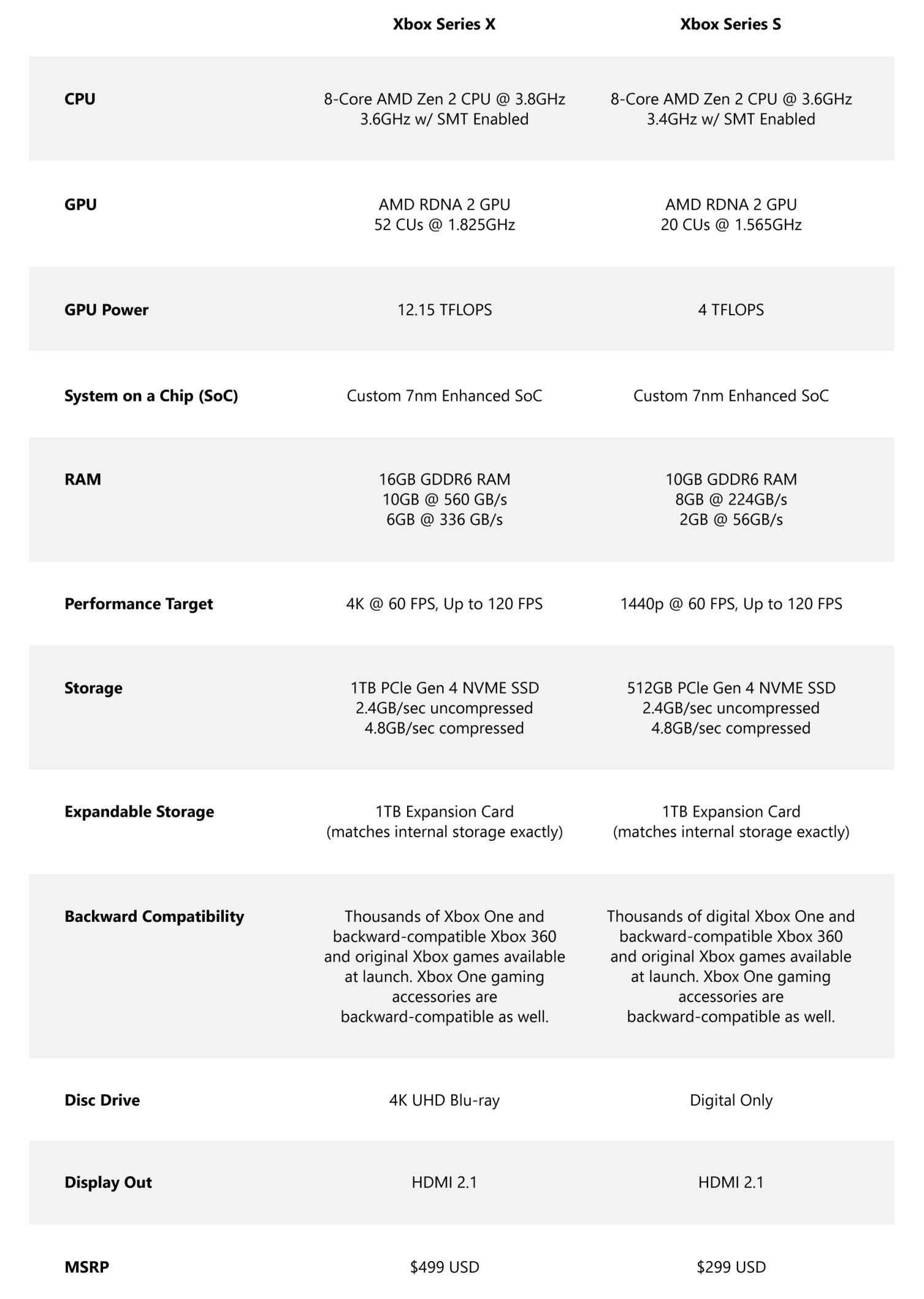
For example, on the CPU side and the I/O side, we designed the system to be extremely similar or identical in the case of the I/O subsystem, so that developers can own Count on that CPU performance in the I/O performance. That’s really one of the major areas that really kind of dictates game design, and it’s an area that we expect to see a lot of innovation [in] over this generation.
Whereas when it comes to rendering resolution, developers already have a lot of great techniques to be able to either scale up and down the resolution, or you have things like dynamic resolution, scaling techniques, or even just the ability to enable or disable different visual effects if that’s what’s right for the title. But it’s kind of like today; if you don’t have an HDR TV, you’re still getting the same great gaming experiences and playing the exact same game. You’re also able to play with your friends but you just don’t get the benefit of HDR.
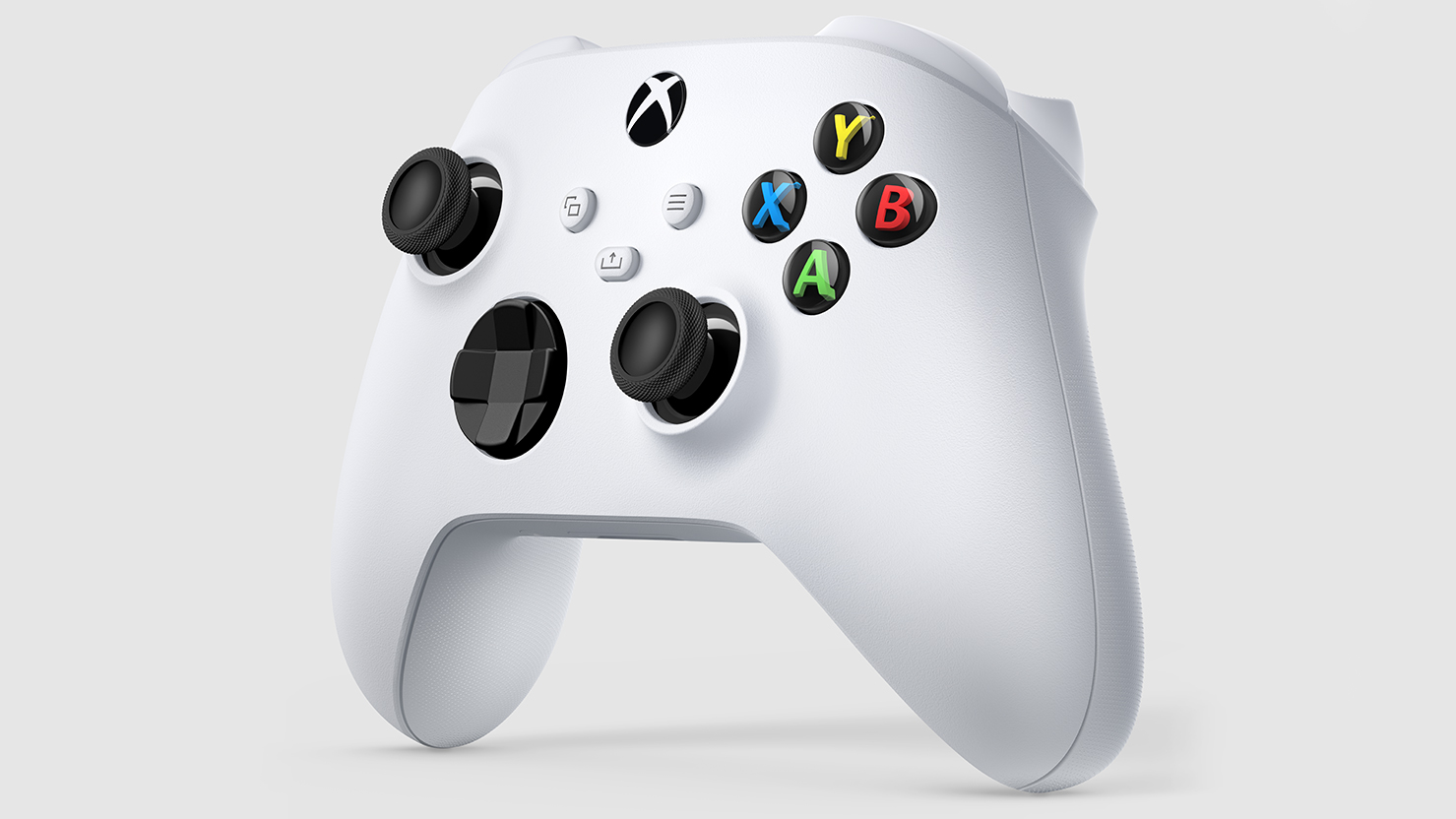
And I think it’s kind of the same thing with resolution where it’s like if I don’t have a 4K TV, or maybe I do have a 4K TV, but I choose to buy an Xbox Series S, I’m still going to get the exact same great experience, including the same open-world, the same frame rates, the same faster load times, and the same multiplayer. It’s just all at a slightly reduced rendering resolution.
Q: Halo Infinite‘s delay was a big hit for a lot of people, including myself and several friends I know that were excited for the next-gen Xbox. From Microsoft’s perspective, what’s the main reason to upgrade to the Series X or S at launch given the launch lineup seems pretty sparse right now?
Is it mostly technical improvements to existing titles that have already been released?
Ronald: Obviously, I mean, it’s disappointing that Halo Infinite‘s launch window was pushed. But at the same time, too, it’s more important that we ship a great Halo when the game is ready. And this holiday, I’m really excited by games like Assassin’s Creed Valhalla, or Watch Dogs: Legion, or Dirt 5, or even Cyberpunk 2077.
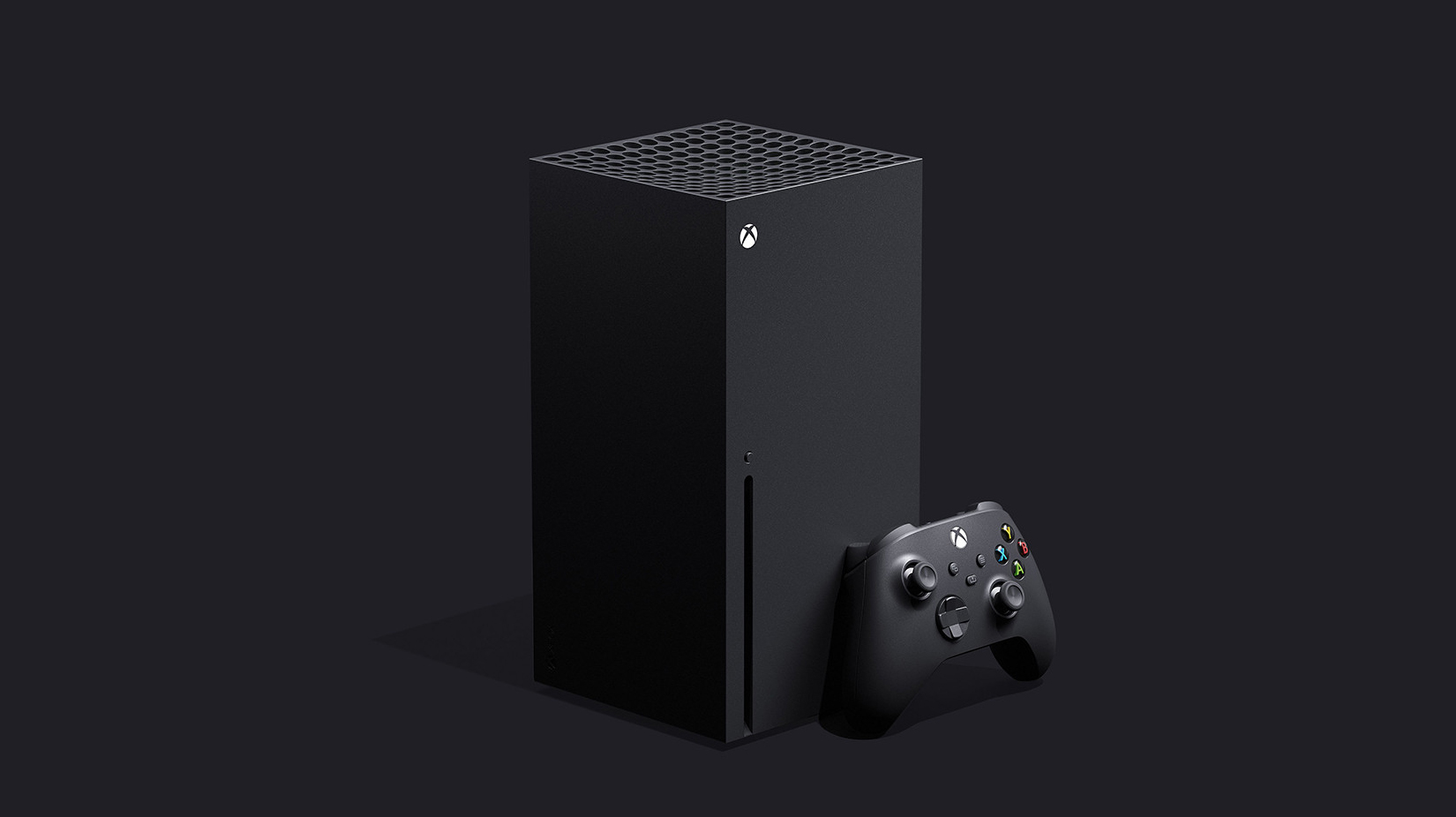
I think you’re still going to see an amazing selection of games available at launch and in the launch window, and then you’re also going to see a number of games that have been previously released coming in optimized versions with things that they can’t even do on the current generation. I think examples are Gears 5 or Forza Horizon 4, and then you also have games like The Medium that can only be done on next generation.
Q: Will the Series X’s ‘Storage Expansion Card’ work with the Series S? Also, will standard hard drives still be compatible with the console?
Ronald: With the expandable storage, what was critically important to us is that it performs identically to the internal storage that’s within the console itself. That way, as a gamer and as a game developer, you’re going to get the exact same experience whether the game is running on the internal SSD or if it’s running on the expansion card.
So that was kind of the critical experience; we didn’t want them to be slightly off or [have] higher or lower performance because that creates challenges for developers and it creates uneven experiences when you’re playing the game. But we continue to support external USB hard drives.
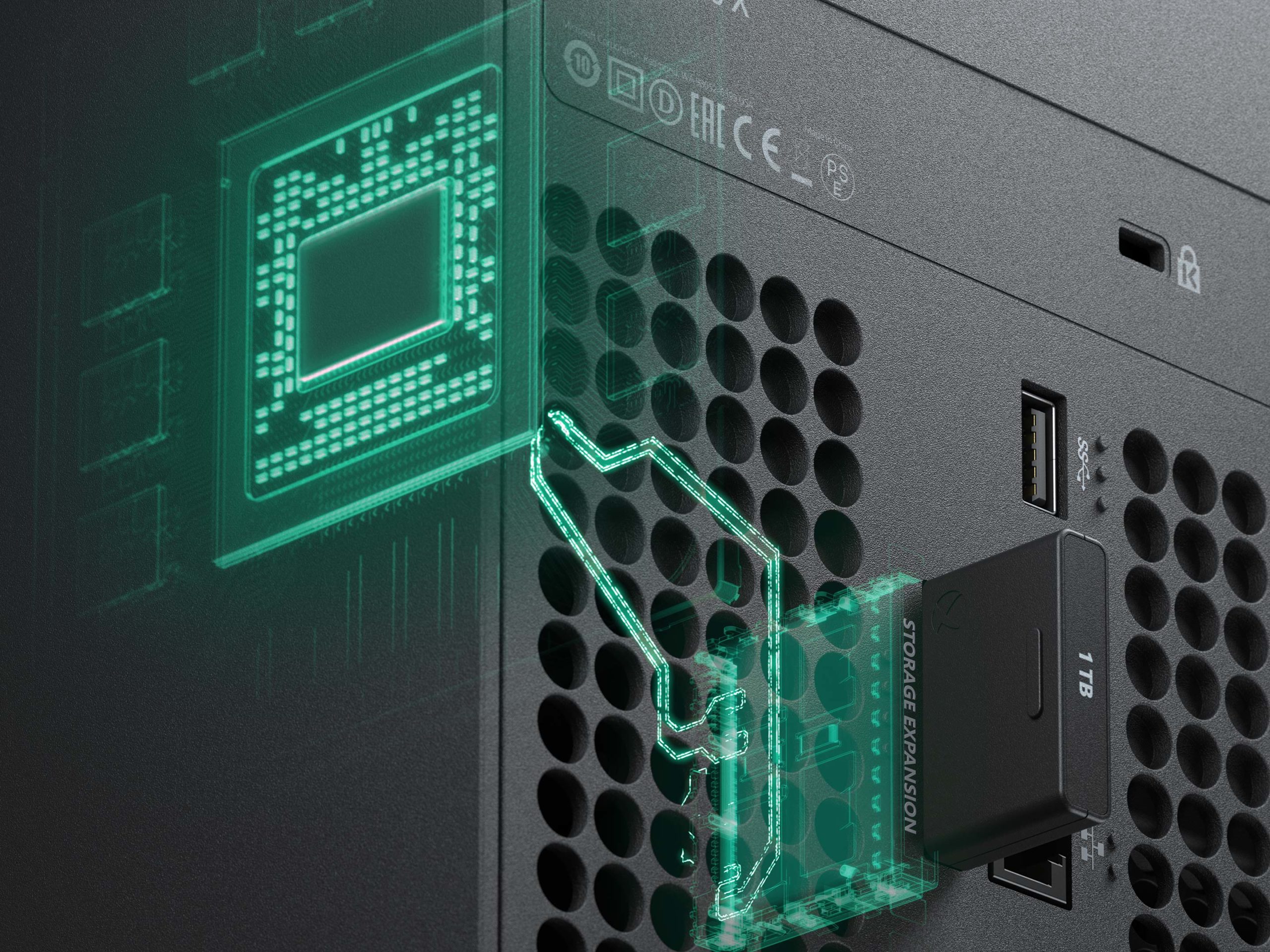
So, for example, if you have an existing USB hard drive that’s in your Xbox One today, you can unplug it, plug it directly into an Xbox Series S or Series X and play all your games off of it, just as you would expect. For new games that take full advantage of the Xbox Velocity Architecture, those games need to run on the internal SSD or on the storage expansion card, but your existing legacy games, you can choose to play them directly off of an external hard drive, just as you do today.
The $379 Xbox Series S and $599 Xbox Series X are set to release on November 10th, with pre-orders launching on September 22nd.
This interview has been edited for style and clarity.
MobileSyrup may earn a commission from purchases made via our links, which helps fund the journalism we provide free on our website. These links do not influence our editorial content. Support us here.


